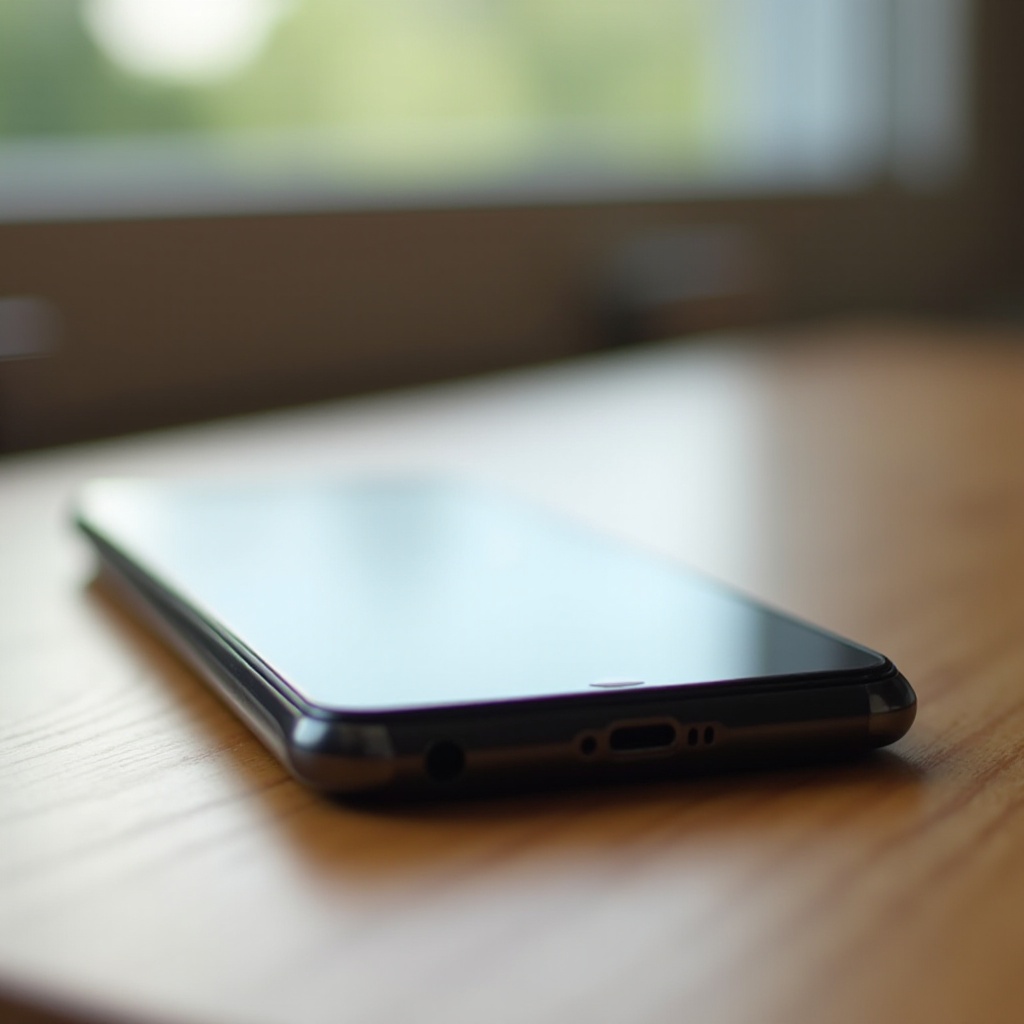Introduction
Encountering a random black screen on your computer can be incredibly frustrating and disruptive. This issue interrupts your workflow and could potentially lead to data loss if not promptly addressed. Understanding and resolving this problem is crucial for maintaining a smooth computing experience. In this guide, we will explore various aspects of the random black screen phenomenon, including causes, troubleshooting methods, advanced solutions, and preventive measures.

Understanding the Random Black Screen Issue
A computer’s random black screen can occur without warning, leaving users puzzled and desperate for solutions. This problem isn’t restricted to a specific operating system or brand—it can affect anyone. The issue manifests as the monitor suddenly going black while the system appears to be running, often forcing a restart to regain functionality. Understanding the root of the problem is essential for implementing effective solutions to restore your system’s stability.
The insight into the nature of random black screens leads seamlessly into identifying its underlying causes. Recognizing whether the origin is hardware or software-related is vital for targeting the problem accurately.
Common Causes of the Random Black Screen
Let’s delve into the potential causes of this vexing issue, which can generally be categorized into hardware and software problems.
Hardware Issues
Hardware problems are among the most common causes of black screens. Loose cables, malfunctioning graphics cards, and overheating components can all lead to sudden screen failure. Ensuring that all hardware connections are secure and checking for any visible damage can often resolve these issues.
Software Glitches
Software-related problems, such as malfunctioning applications or corrupt system files, can also trigger black screens. Uninstalling recent updates or programs that might have triggered the issue can sometimes offer a quick resolution.
Driver Conflicts
Drivers, the crucial software that allows hardware components to interact with the operating system, can also be culprits. Outdated or corrupted drivers, especially graphics drivers, can result in compatibility issues leading to a black screen. This makes regular updates essential to prevent conflicts.
A clear understanding of the causes facilitates the path to troubleshooting. Identifying the root cause helps in applying the right solution more effectively.
Step-by-Step Troubleshooting Guide
Understanding how to troubleshoot the random black screen issue is vital. Here’s a comprehensive guide to walk you through the process.
Initial Hardware Checks
- Check connections: Ensure all cables are securely connected and undamaged.
- Inspect components: Open the case to verify that internal components like RAM and graphics cards are properly seated.
- Monitor the display: Test the monitor with another computer to make sure it isn’t defective.
Updating Software and Drivers
- Update the operating system: Install any pending updates to ensure you have the latest fixes.
- Update drivers: Use the Device Manager or a reliable third-party software to update all drivers, focusing on the graphics driver.
- Check for firmware updates: Visit the manufacturer’s website for potential BIOS or firmware updates.
Booting in Safe Mode and Diagnostic Tools
- Boot in Safe Mode: Use Safe Mode to run the system with minimal drivers and software, helping identify problematic software.
- Run diagnostic tools: Utilize built-in tools like Windows Memory Diagnostic or third-party applications for thorough system evaluations.
When basic steps fall short, advanced solutions provide deeper exploration into potential issues that may not always be evident immediately.

Advanced Solutions for Persistent Issues
If the problem persists despite basic troubleshooting, advanced solutions may be necessary.
BIOS/UEFI Configurations
Adjusting settings in the BIOS/UEFI can resolve underlying configuration issues. Ensure that all settings align correctly with your hardware components for optimal operation.
Graphics Card Evaluation
A faulty graphics card can be a significant contributor to black screen problems. Testing the graphics card in another system can reveal if it’s malfunctioning. If identified as the source, replacing or upgrading the graphics card may be the solution.
Professional Assistance
When all else fails, seeking professional help is advisable. Certified technicians have the expertise to diagnose complex issues and provide lasting solutions, ensuring your system operates smoothly.
After addressing ongoing issues, maintaining a healthy system becomes the primary focus to prevent future disruptions.

Preventive Measures for Avoiding Black Screen
Prevention is often the best cure. Here are some tips to avoid encountering black screen issues in the future.
Regular Software Updates
Keep your operating system and all software regularly updated. Timely updates can prevent compatibility issues and patches can fix known glitches causing black screens.
Maintenance of Hardware Components
Regularly clean and check hardware components to prevent overheating and wear. Dust can accumulate in your computer, causing it to overheat and potentially lead to hardware damage.
Monitoring System Health
Use system monitoring tools to keep track of your computer’s health. Identifying potential issues early can prevent unforeseen black screen occurrences.
Conclusion
Experiencing a random black screen on your computer doesn’t have to end in frustration. By identifying the root cause, employing effective troubleshooting methods, and adopting preventive measures, you can resolve and potentially avoid this issue altogether. Restoring your system’s functionality empowers you to work confidently without disruption.
Frequently Asked Questions
How often should I update my graphics drivers?
Updating your graphics drivers every few months or as updates become available can help prevent compatibility issues. Automatic updates from the manufacturer or third-party update programs can simplify this process.
What should I do if the black screen issue persists after troubleshooting?
If the black screen persists after completing the troubleshooting steps, it may be time to consult with a professional for further diagnosis. They can provide specialized tools and expertise to resolve intricate issues.
Can overheating cause a random black screen?
Yes, overheating can lead to hardware failure, resulting in a random black screen. Ensuring adequate cooling and regular cleaning of components can mitigate this risk.

